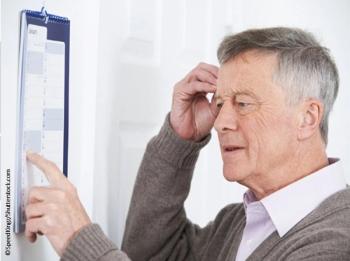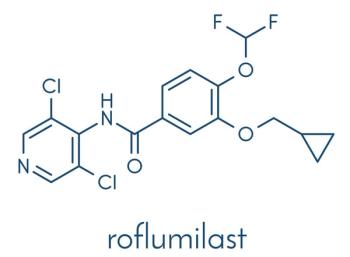
State Smoking Ban Slashes New Yorkers' Exposure to Secondhand Smoke
NEW YORK -- In the year after New York's statewide ban on indoor smoking, saliva levels of cotinine, a marker of exposure to tobacco smoke, decreased by 47.4% among nonsmokers.
NEW YORK, July 20 -- In the year after New York's statewide ban on indoor smoking, saliva levels of cotinine, a marker of exposure to tobacco smoke, decreased by 47.4% among nonsmokers.
Before the statewide ban took effect on July 26, 2003, the geometric mean level of cotinine in saliva among nonsmokers was 0.078 ng/mL (95% CI 0.054-0.111) versus 0.041 ng/mL (95% CI, 0.036-0.047) a year later, according to the results from the NY Adult Tobacco Survey published in the July 20 issue of Mortality and Morbidity Weekly Report.
That's a statistically significant difference in geometric means indicated by nonoverlapping intervals, said Ursula E. Bauer, Ph.D., director of the NY State Department of Health Tobacco Control Program, and colleagues.
Moreover, they reported, nonsmokers said that when dining in restaurants before the ban, they were exposed to second hand smoke about 20% of the time but that exposure dropped to 3% in the year following the ban.
For bar patrons the drop in smoke exposure was more precipitous-down to 13.4% after the ban versus 52.4% when smoking was permitted.
Workplace exposure was fairly low before the ban, 13.6%, and it stayed fairly steady during the first nine months after the ban before declining to about 7.6% by June 30, 2004.
The NY Adult Tobacco Survey is an ongoing, quarterly, random-digit-dialed telephone survey of about 2,000 state residents ages 18 and older. Nonsmoking residents who participated in the survey from June 26, 2003 through June 30, 2004 were also eligible to participate in the saliva cotinine study.
Residents of New York City and Nassau County were excluded from the cotinine study because those jurisdictions had implemented smoking bans in March 2003.
Participants were mailed a vial, instructions for collecting a sample, and a check, along with a prepaid return mailer. More than 3,000 residents agreed to participate in the cotinine study and 1,594 usable samples were evaluated.
An Editor's Note that accompanied the report stated that "this is the first report of a biologically validated population-level reduction in [second hand smoke] exposure among nonsmokers after implementation of a comprehensive state smoke-free air law."
The significant reductions in saliva cotinine levels indicate a substantial reduction in environmental tobacco smoke exposure, which the editors said "should result in reductions in morbidity and mortality from heart disease and lung disease among adults over time."
They also pointed out several limitations of the study, stating that "the average quarterly response rates for both NYATS (22%) and the saliva cotinine study (33%, for a cumulative rate of 7%) were low; in addition, the number of pre-ban respondents in the cotinine study (80) was approximately one-fourth to one-fifth the number of respondents in each of the post-ban samples (range: 337-425)."
Newsletter
Enhance your clinical practice with the Patient Care newsletter, offering the latest evidence-based guidelines, diagnostic insights, and treatment strategies for primary care physicians.
























































































































































































































































































